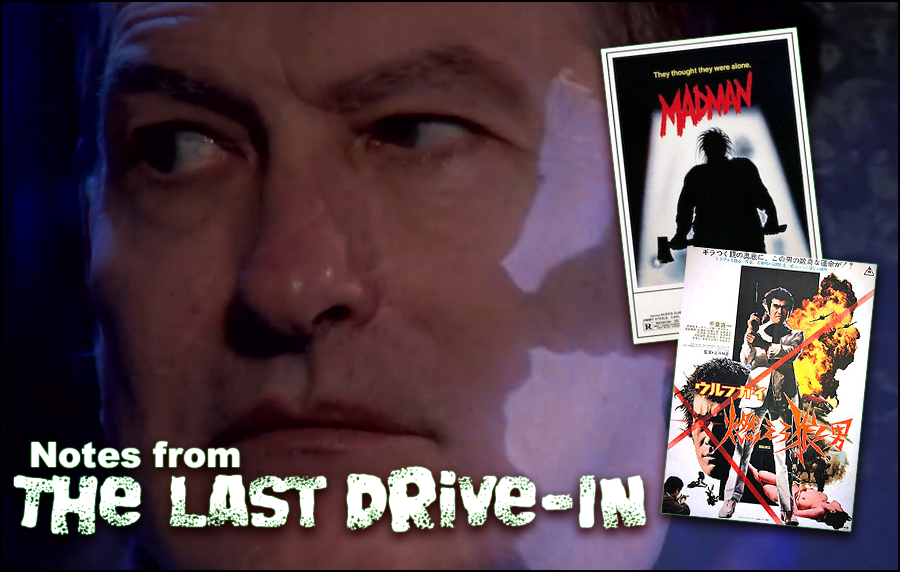
Notes from The Last Drive-In: S1E4
More Videos
Published
5 years agoon
We’re back with Joe Bob again this week at The Last Drive-In, exclusively on Shudder. Have you been watching them live? If not, you should really consider doing so and hopping on Twitter to join in the hashtag conversation at #TheLastDriveIn. It’s an incredible communal experience, and if I can take a moment to toot my own horn, it’s great to get retweets and the like from Joe Bob, Darcy, and the crew at Shudder.
Madman (1982)
Opening Rant: Staten Island (it’s like New York’s New Jersey!)
Madman is a 1982 slasher film set at a camp on Staten Island. The campers and counselors alike are menaced by “Madman” Marz, a former resident of the area who murdered his wife and child and was set to hang until he escaped into the woods. After a campfire tale he is unwittingly summoned by one of the campers. The film is loosely based on the Cropsey legend of Staten Island. Madman was also in production alongside The Burning (1981) and necessitated rewrites so the two films would not be so similar.
Madman stars Galen Ross (of Dawn of the Dead fame, under the name Alexis Dubin), Tony Fish, Harriet Bass, and Paul Ehlers as “Madman” Marz and directed by Joe Giannone. The film is probably most known for the iconic VHS cover.

Joe Bob Briggs was fairly generous with Madman, awarding it 3 stars. The film is particularly notable for Galen Ross’s desire to not be linked to it and the fact that few of the cast and crew went on to do much else. That is, of course, contrasted by Paul Ehlers, “Madman” Marz himself, who was a huge horror fan and was bothered that Madman was never really featured in Fangoria. That being said, it certainly probably doesn’t help that we later see Joe Bob holding up a recent Fangoria cover featuring himself. Kind of rubbing it in there, Joe Bob. What comes across most in Joe Bob’s asides, though, is his love for the folks of Staten Island and his knowledge of the lives of #mozzarellahairgel folks. For example, Joe Bob’s insights into Richmond College, where a large group of the cast and crew came from, were also quite hilarious; statistically speaking, 98% of us reading now are likely to be accepted there.
That being said, Joe Bob also suggests that Madman is a great example of the Three Aristotelian Unities. I’m not going to dive too far into it here, but the key here is that Madman is a tight little film, unified in action (a massacre), location (a camp), and time (one night). For fun, read that link and see how the French debated endlessly about the specifics of these unities.
Madman does have a couple of memorable things going for it. The Moog synth score is pretty fun, and the theme is incredibly catchy. Sadly, most of the enjoyment of the movie comes from some of the more earnest attempts at something much better that fail. To invoke TVTropes we’ll just go with “narm.” Overall the film is only a 2 star affair. Most of the enjoyment of the film (especially if you are not already one of the huge fans of it) comes from watching with Joe Bob. This film is worth the price of admission alone for the wonderful Joe Bob sing-a-long to wrap up the half of the double-feature.
Nothing, and I mean NOTHING beats a Joe Bob musical interlude. #TheLastDriveIn pic.twitter.com/e25zsZMHXW— WearyChuckle (@Lando_Horror) April 20, 2019
Glorious.
Best Line: “Google that fucker.” (Joe Bob’s motto, not part of the movie. There are no really good lines in the movie, to be honest.)
Wolf Guy (1975)
Opening Rant: Japanese monster films (Joe Bob talks about the lack of monsters in Japan).
The second film of the night was the 1975 supernatural cop and Yakuza film, Wolf Guy. Though to be more accurate, the full title is Wolf Guy: Enranged Lycanthrope. The film was loosely based on the Wolf Guy manga written by Kazumasa Hirai and illustrated by Hisashi Sakaguchi. The film stars Sonny Chiba (!!!) as Akira Inugami, a supernaturally powered cop who uses his abilities as the last survivor of the Wolf Clan to solve underworld crimes. The movie directed (and largely forgotten) by Kazuhiko Yamaguchi also stars Rikiya Yasuoka, Saburo Date, Koji Fujiyama, Tooru Hanada, Ryuji Hayami, Jiro Ibuki.
Of the two films of the week, Wolf Guy towers over Madman. Wolf Guy is a perfect film for The Last Drive-In with some amazingly totals, much like the Thanksgiving marathon’s Dead or Alive. I mean, 78 dead bodies, 26 breasts, and 27 gallons of blood definitely puts most films on The Last Drive-In to shame in sheer excess. Naturally, Joe Bob gave Wolf Guy the 4 star treatment.
Some of the great moments of the night included The Last Drive-In‘s art director Yuki (the Tokyo Cowboy) popping in to talk Japanese film with Joe Bob, including his experience working with Sonny Chiba. We were also treated to a special The Last Drive-In title-card featuring the show’s resident lizard, Ernie.
Naturally, what was most fascinating were the insights that were made into the production of such a fast and loose adaptation of a manga with a b-movie budget, including director Kazuhiko Yamaguchi’s apparent philosophy of “just keeping it moving” by throwing in fight scenes.
When it gets down to the Haunted MTL review, this film is loosely horror adjacent. There are no transformations into lupine form and the film is more of a Yakuza and martial arts story that was in the standard for Toei Studios. It is a notable and unique interpretation of the werewolf, however. Overall, the film is absolutely bonkers in the best way imaginable and is well worth watching. The score, for example, is particularly good, featuring some great 1970s sleazy sounds. Haunted MTL has to give Wolf Guy 3 and 1/2 stars, merely because the film was not quite enough of a horror film.
But damn, what an experience.
Best Line: “Right now I am a woman who wants an animal.”
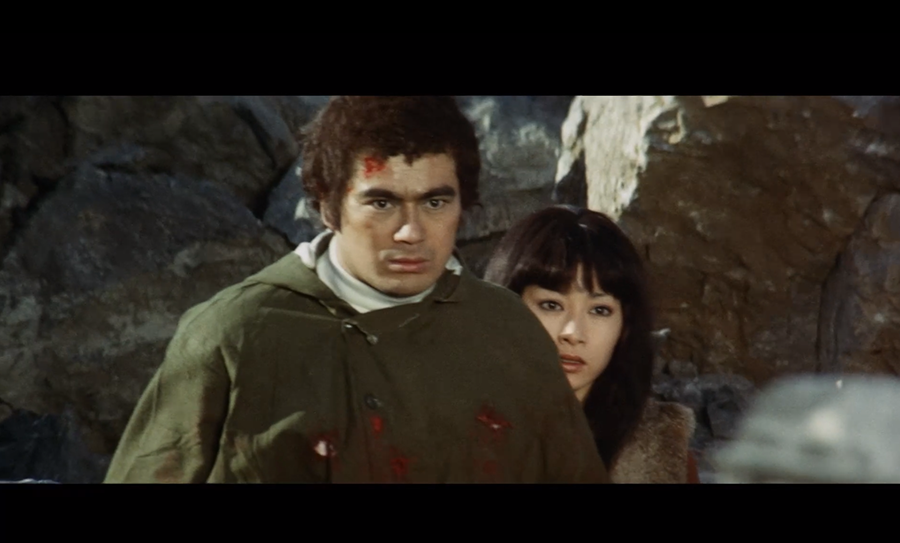
Drive-In Totals
- 2 Black shirts with blue floral trim and an orange/slider bolo ties (Joe Bob wore the same getup on the Fangoria cover he displayed)
- 1 Darcy Cosplay (Synthetic Wolf Guy!)
- 1 Kaiju Rampage (Ernie messed up his little trailer and smashed the TV!)
- 1 Awkward Spinning in Hot Tub Sex(?) Sequence
- 1 Satisfying Neck Snap Foley Hit
- 1 Reading Rainbow connection (and won’t you be surprised!)
- 1 Wolf Mother-Wife
- 1 Hair Trigger Final Girl Shotgun Blast to a Counselor Corpse
- 2 Potential Future Films (The Burning and Willard)
- 3 Aristotelian Unities
- 4 Twitter Bans for Darcy (get your shit together, Jack)
- 9 Sonny Chiba Films in 1975 Alone
- 1060 dollars for Michael Barryman’s favorite wolf sanctuary raised by the signed figure auction from the Thanksgiving marathon
- Attempting to Dislodge an Ax but Making It Look Like Vigorous Tandem Genital Rubbing Fu
- Folk Song Fu
- Suckle Fu
- Synth Stings
- Sonny Chiba Stares
- Dive Bar Jokes
- Catholic/Jewish Jokes
- Sex Scene Face Maulings
As always, please share your thoughts with us about The Last Drive-In. Also, please check out our other great content here at Haunted MTL.
And, as always, beware the “Madman” Marz…
David Davis is a writer, cartoonist, and educator in Southern California with an M.A. in literature and writing studies.

You may like
1 Comment
Leave a Reply
Cancel reply
Leave a Reply
This site uses Akismet to reduce spam. Learn how your comment data is processed.
We have come now to the finale of season four of The Boys. And while it didn’t have the literal blood fireworks I wanted, someone did get ripped in half in the air. So, that’s pretty close.
As a note, I will try to avoid spoilers as much as possible. This ending was a hell of a gut punch that should be experienced as blindly as possible. That being said, I will not be able to avoid spoilers and still give a full legitimate review. Proceed at your own risk.
The story
The main storyline for this episode is the attempted assassination of President-Elect Robert Singer. The Boys join forces with the Secret Service to protect him. But, as we learned last episode, Annie has been replaced with a shapeshifter. A shapeshifter that was welcome not just into Hughie’s anus, but into the protective bunker in which the President-Elect is hiding.
What worked
The first thing I want to discuss about this episode is the ending. But we need to do this carefully.
The important thing here is that the ending breaks your heart on so many levels. So many terrible things are happening to characters that it’s almost hard to keep track. And each moment is significant to each character.
I cannot give a specific example. But no matter who your favorite character is, you’re going to weep for them.
Unless your favorite character is Sage. And this is the next thing that made this episode so fantastic.
I don’t think I’m spoiling anything to say that Sage’s plans worked out exactly as she wanted them to. And she got exactly what she wanted.
What she wanted wasn’t power. It wasn’t money or fame or vengeance. It wasn’t to win the love of anyone. She just wanted to see if she could do it.
That is a terrific, terrifying motivation! Because all she wants is to play a massive game of chess with people as pieces. She doesn’t care about anyone. She just wants to see how many people she can manipulate. She just wants to set things on fire to see if she can.
Fantastic. A plus villain work.
The next thing I want to discuss is a cornerstone of the whole series.
The morality of The Boys shifts through the series. While it’s very much a battle to save the world from overpowered super monsters, it’s also a battle for the souls of our real heroes. And in that battle, there are two warring factors. We have Hughie, always trying to bring everyone up to a better level. And we have Butcher, who has no problem at all hitting rock bottom with a shovel in hand to do some more digging.
In this episode, we saw almost every member of The Boys challenged. Will they rise to their higher angels, or sink with their demons?
On a similar note, I am so glad that the writers kind of addressed my issues with Annie. They did this by having the shapeshifter get right into her face and accuse her of thinking that she’s better than everyone.
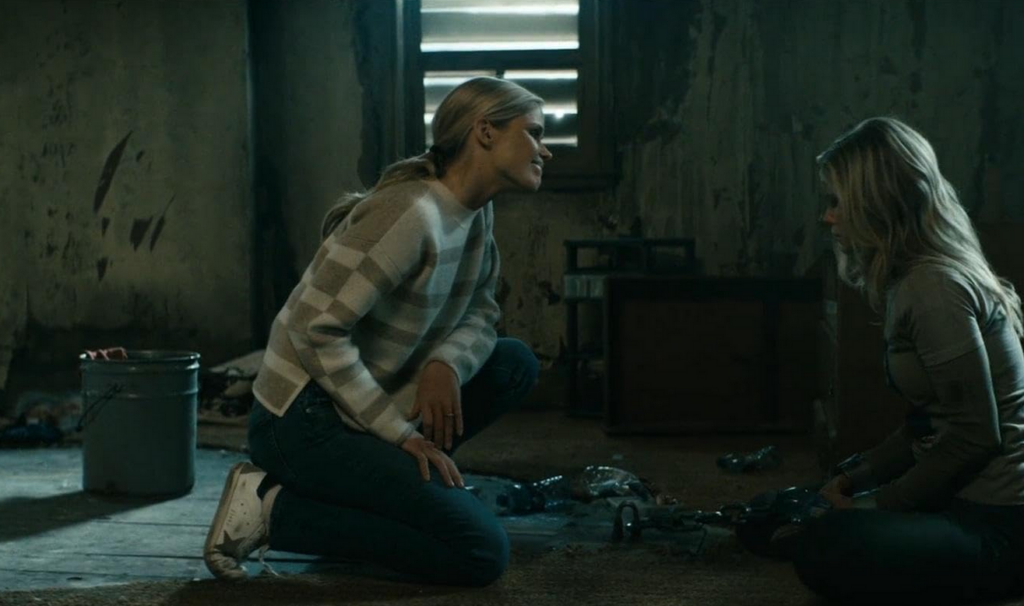
While that was devastating for the character, it was a little cathartic for those of us who felt like Annie was a little too good of a good guy.
What didn’t work
This is a small matter, but it is an issue that I want to address. After Annie finds out that Hughie slept with her doppelganger, she is furious at him.
In addition to this being unfair, it’s also a very cliche element to add. In almost every instance of a lookalike in fiction, there’s a moment where the love interest of the victim is fooled. Or almost fooled. And it’s always the same fight. It’s just played out and predictable. I’m just glad that it didn’t last very long.
Now that we’ve come to the end of the season, I can officially say that it was amazing. The story was deep and rich. The special effects were a stomach-turning good time. The character development was spot-on and satisfying. And, of course, it left me just about gagging to see what happens next. Unfortunately, it looks like we’ll have a bit of a wait. Because as of right now, the fifth season isn’t expected until 2026.

We’ve reached the second to last episode of The Boys, season four. And, as is appropriate for the penultimate episode of any show, things have to get a lot worse before they can get better.
Let’s discuss.
The story
Christmas is coming, and the whole world is getting ready. Ryan, despite being very clear that he didn’t want to appear on any TV shows or movies, has been strong-armed into participating in a Vought puppet Christmas special. He draws the line, though, when asked to sing about turning one’s parents in if they start talking about woke things.
Meanwhile, The Boys are trying to keep each other together. Butcher decides to take Sameer to the rest of the team. He also gets Frenchie out of prison, hoping they can make the Sup virus necessary to finally take down Homelander. Instead, this decision means disaster for one member of the team.
What worked
I first want to talk about Ryan’s speech near the end of the episode. Because it was exactly the moral of this whole story.
Ryan’s dad is a monster. His stepdad is also kind of a monster. But Ryan is a good kid. He cares about people, about family. And while he loves Homelander and Butcher, he doesn’t want to be like them.
Even better, this speech sounded like something a kid would say. Ryan didn’t open his mouth and start sounding like a college student all of a sudden. He sounds like a kid who misses his mom and wants to live up to the good standards she set for him. And I think that’s terrific.
Speaking of Homelander, he shot himself in the foot in this episode. I said earlier in the season that his hubris was going to be his downfall, and I was right. Without Sage, he just has the same weaknesses he’s always had. He’s going to fail because he just isn’t clever enough or patient enough to succeed.
Without Sage, I think a win is in the bag for The Boys. This isn’t to say that Homelander by himself isn’t dangerous. It’s just that he’s more like a wildfire than a controlled burn. He’s going to cause a lot of damage, but not get anything he wants out of it.
More’s the pity for him and everyone else who has to share his world.
Finally, I am thrilled with A-Train’s redemption story. I love that he wants to be a good person not to save himself, but to be a good person. His honest, pure and warm reaction to that little kid smiling at him in the last episode was heartwarming. It changed him in a moment, bringing to light a goodness that he’s been keeping under wraps for a long time.
This, along with Ryan’s courageous speech, proves once again what The Boys does so well. Yes, it’s gruesome. Yes, there’s blood and balls and batshit events. Yes, someone occasionally gets ripped in half. But there is a true human goodness in the story. One that we catch glimpses of. There are good people among the monsters. There is hope for redemption.
What didn’t work
Of course, so few things in this life are perfect, and this episode was no exception. For instance, I was irritated by the insinuation that Butcher cheated on his wife.
That just doesn’t make any sense. We’ve seen flashbacks of Billy and Becca. They were happy. He was happy. He was head over heels for her. And I don’t think it’s realistic or necessary for the character to throw in that he cheated. It does nothing to add to the story, it’s just a weird and offputting moment.
Doesn’t Butcher have enough to hate about himself? Can’t we just give him that at least he was a good husband?
Finally, I kind of hate that we ended up with Annie being caught. It’s just cliche, which is something I don’t normally say about this show. It feels lazy unless they do something very clever with it in the last episode. Which, I suppose, they might.
Next up is the season finale. And with this season being as insane as it has been, I’m expecting nothing short of bloody fireworks. And I mean literal fireworks of blood. At this point, would it surprise anyone?
 (4 / 5)
(4 / 5)
Episode six of The Boys was one of the most surprising episodes of the series so far. And that is certainly saying something. Because this season has so far been bonkers.
The story
Our episode today revolves around a party at Tek Knight’s lovely mansion. Yes, it does look just like Wayne Manor.
The Boys know that Tek Knight is working with Homelander on something, but they don’t know the details. So they decide to send Hughie in to bug the mansion.
Because that’s worked so well the other two times he’s tried to hide a bug!
It should surprise no one that this time goes no better. Hughie finds himself in Tek Knight’s basement. And by that I mean his BDSM dungeon.
Meanwhile, the party upstairs is no less disturbing. Homelander and Sage are trying to convince some well-off political donors to support a cue after the election. When pressed for details on his plan, Homelander freezes. He looks to Sage for help, but she wasn’t recently shot in the head and still in the junk food stage of her healing.
Fortunately, or unfortunately depending on your point of view, Neuman jumps in and saves the day.
What works
If I’m going to say one thing about this episode, it didn’t hold back at all. I didn’t expect them to show a character masturbating, sitting their bare behind on a cake, or spraying breastmilk into someone’s face. But every time I thought they’d cut the scene and let something be left to our imagination, they did not do that.
This is a dangerous move. Whenever you show the monster, you run the risk of them not being scary enough, or gross enough. As Stephen King says in Danse Macabre, to leave this sort of thing to the imagination if the reader makes things so much worse. So when they finally experience the monster, they might say that this isn’t so bad. It could have been so much worse.
But in this case, they managed to avoid that by making the scenes, especially the ones in Tek Knight’s dungeon, so much worse than I imagined it would be.
What doesn’t work
While this was a deeply disturbing episode in many ways, there was one really innocent and sweet moment.
And yes, I did have a problem with it.
Confronted by Firecracker, Annie decides to apologize for spreading rumors about her when they were kids. She tells her that she is genuinely sorry.
And I believe her. I don’t think Firecracker did, but I did.
So why is this an issue? Because I’m starting to think that Annie is maybe too nice. She is too good.
I know that Annie is our good guy. But every one of the other good guys has flaws. Hughie let his pride get in the way and took Temp V. MM hid himself from his daughter instead of teaching her to work through her emotions. Kimiko is far too closed off and has a hard time trusting others. Frenchie numbs himself with drugs. And well, what hasn’t Butcher done?
It is unrealistic that Annie is just so kind and so flawless. We all have shadows in our personalities. We all have weaknesses, we all mess up. We all do things we wish we could take back. The fact that Annie doesn’t seem to have anything like that is not just unrealistic. It’s infantilizing.
Give her some deep dark secrets. Give her something real to regret.
This was a shocking episode, even for someone fairly jaded like me. I wasn’t expecting the sort of weird sexual depravity, though I guess maybe I should have seen it coming. It was dark, upsetting, tense, and funny as hell. And with just two episodes left in the season, I can imagine the stakes are only going to get higher.
 (4 / 5)
(4 / 5)
By the way, if you like my writing you can get my short story, Man In The Woods, on Smashwords and Amazon.

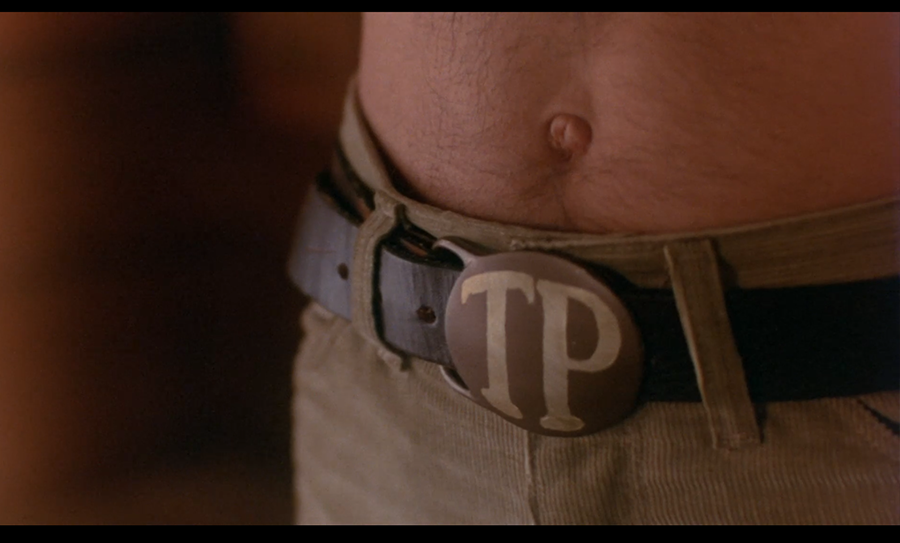
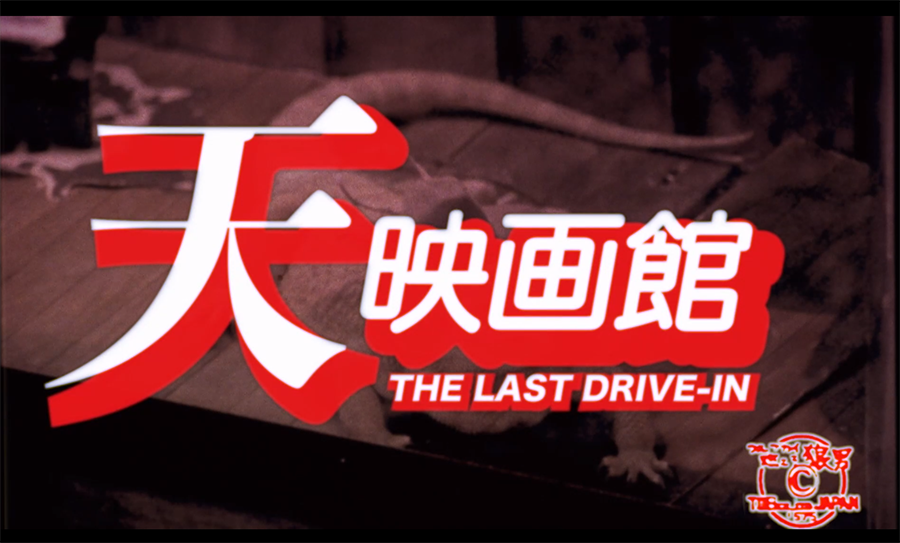
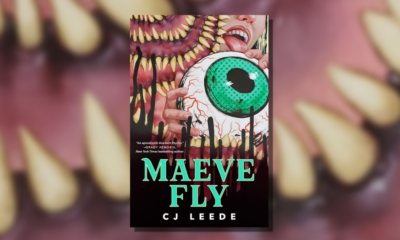







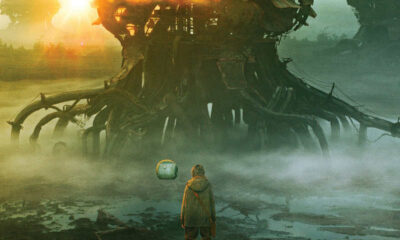



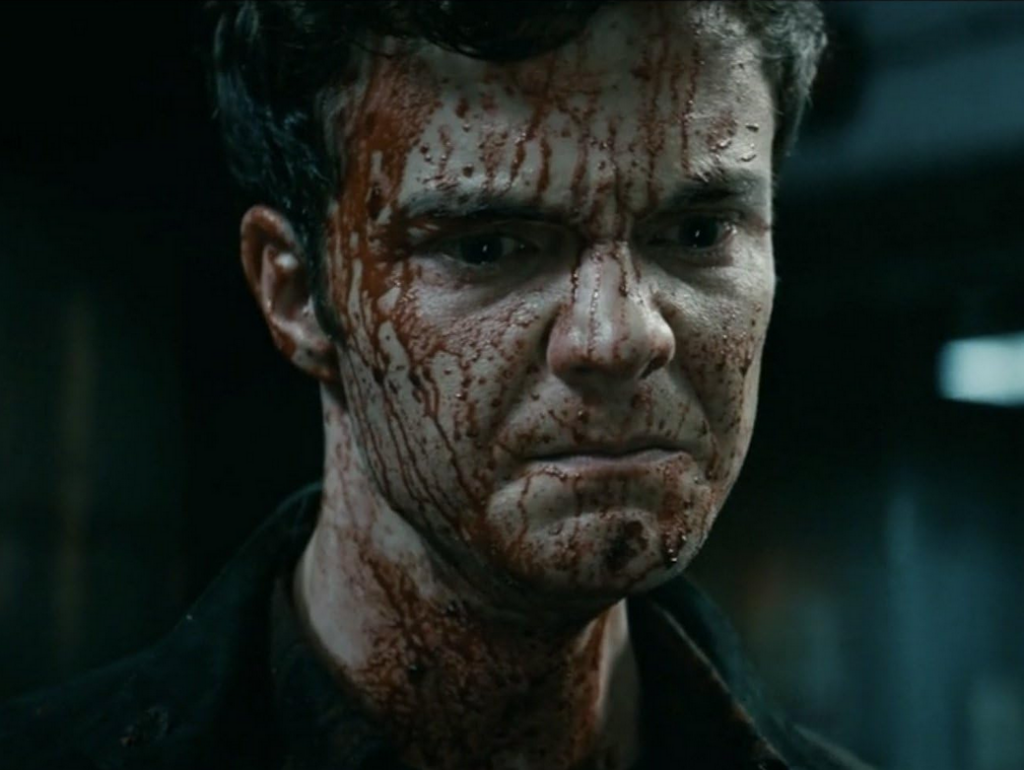
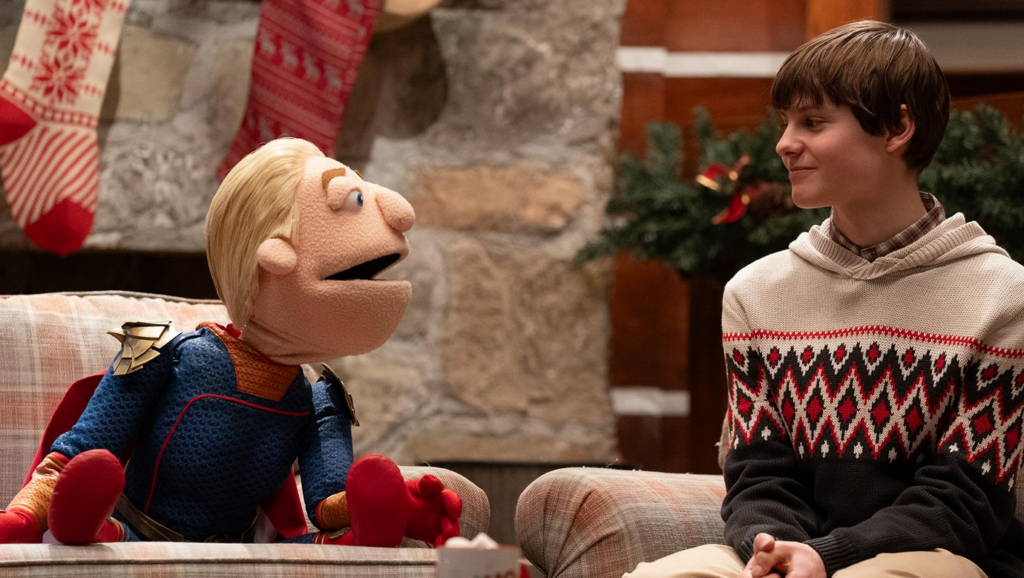
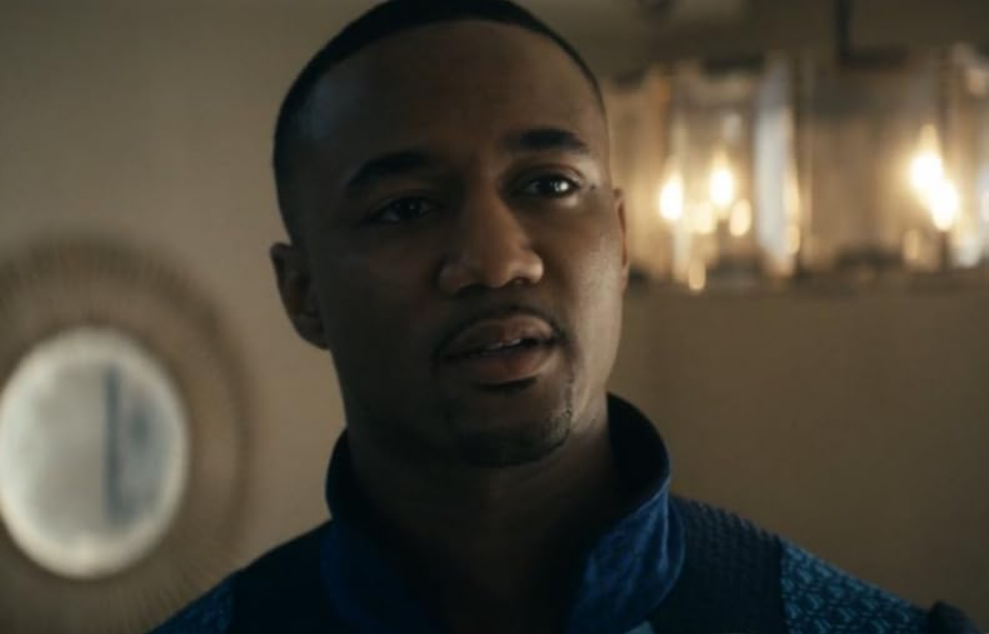
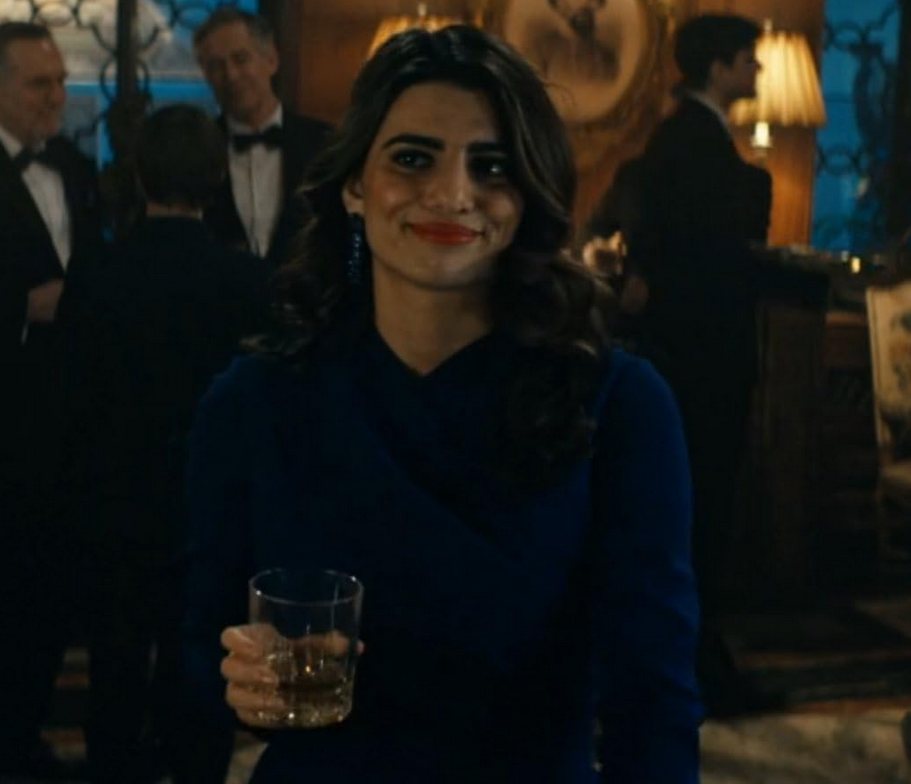
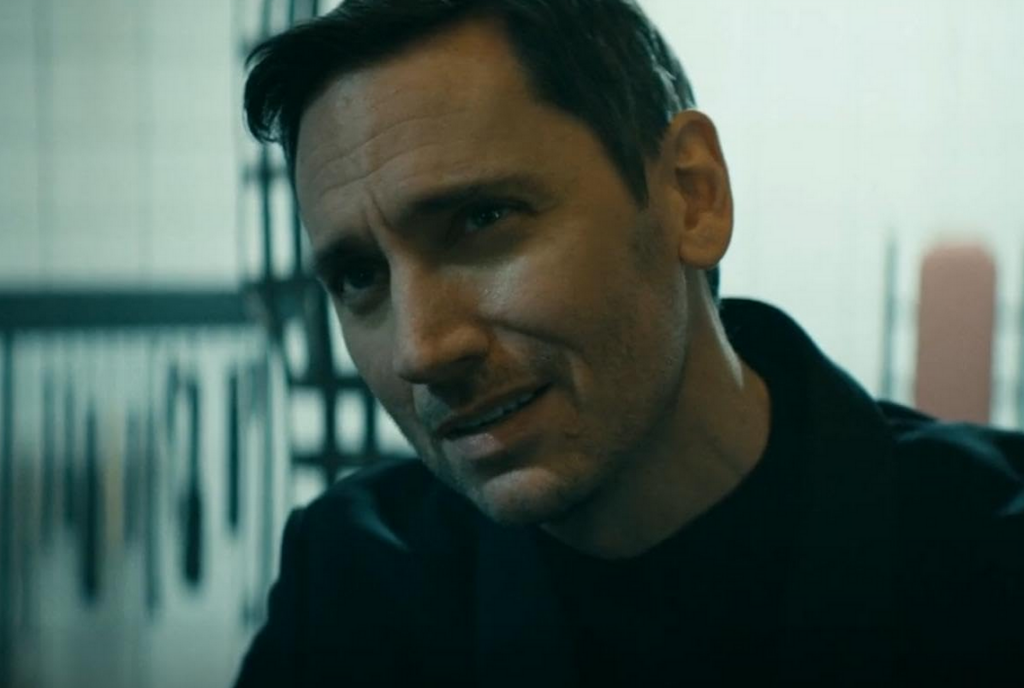


Pingback: The Last Drive-In Season 2 Wish-List - Haunted MTL